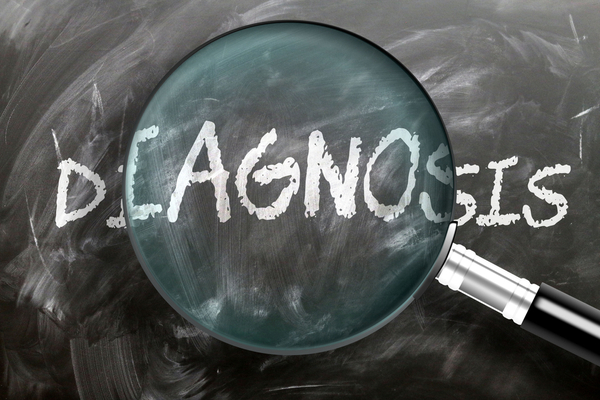- Symptoms:
- Include pain, bruising, bleeding, deformity after history of injury, inability to bear weight,
- Importance of diagnosis:
- Can reduce pain, improve healing and prevent long-term complications
- Treatment:
- Often with cast or sling and possible referral to a specialist if surgery or additional care is needed
Urgent Care Centers Can Diagnose Fracture (Broken Bone)
A bone fracture can be a painful and worry provoking experience for a patient or parent/caregiver. Often these accidents seem to occur at the worst times, meaning that it may be difficult to be seen by a family doctor or pediatrician if it is after hours or on weekends. Fortunately, fractures can be often easily diagnosed and treated at your convenient urgent care facility.
Bone Fractures Overview
There are various types of fractures including hairline, stress, compression, greenstick, avulsion and compound. These are often a result of a significant notable trauma such as a fall or other blunt force injury. These can include but are not limited to sports related injuries, playground falls, motor vehicle collisions, work related injury or assault.
Causes
Unfortunately, sometimes fractures are just a result of bad luck; meaning you were at the wrong place at the wrong time. A simple activity that you have done a thousand times had an adverse outcome, like you stepped off the curb and landed on your outstretched arms.
Other fractures, like stress fractures, are typically the result of repeated strain on a bone. For example, runners stand at an increased risk of stress fractures in their feet.
Increasing age and underlying medical conditions can increase the risk of fracture with a less significant trauma and caution should be taken if a fracture is suspected. Underlying medical conditions causing what can be termed pathologic breaks include but are not limited to osteoporosis, cancer or infections of the bone.
Symptoms
Signs and symptoms of a fracture will differ depending on the body part involved, in addition to the severity of the injury. Common findings such as discomfort, swelling, redness and bruising in the impacted location, and difficulty bearing weight or moving the body part in a normal fashion are common symptoms of a broken bone
Angulation of the bone can be another symptom which means that the bone has an odd angle (going in the wrong direction compared to the other side) to it which leads one to suspect a break. A compound fracture occurs when the broken bone penetrates through the surrounding skin, causing bleeding at the exit point of the bone, and is a large risk for infection.
Possible Complications
If left untreated, breaks can worsen, precipitate increasing pain, and cause more limitations of movement. Broken bones can impact nearby muscles, nerves, soft tissues and even blood vessels. Delay in treatment could also cause a delay in healing and may lead to poor outcomes.
Diagnosis
Those with a suspected broken bone are strongly urged to seek prompt medical attention immediately following a traumatic event or when associated symptoms emerge.
It is especially important if seeking medical care for a broken bone, to visit an urgent care with x-ray capabilities. Immobilization of the affected area until seen by a professional is recommended.
Potential Treatment Options
Broken bones typically heal on their own over time. Immobilization is key to decreasing pain and increasing the probability of proper healing. Therefore, treatment is geared towards ensuring the bony structures are placed in the best possible orientation to encourage the healing process. This can be done with a cast or sling, which can be placed permanently or temporarily until more definitive care is obtained.
Should the break be more severe or require more aggressive initial treatment, including but not limited to surgical intervention with an Orthopaedic surgeon, urgent center physicians can refer such patients to specialists who will perform separate examinations and determine the most appropriate course of treatment.
The Takeaway
A broken bone or fracture can affect many different bones in the body. An urgent care can help diagnose a break from a less severe injury, take confirmatory x-rays and initiate the proper treatment to get you back on your feet!


